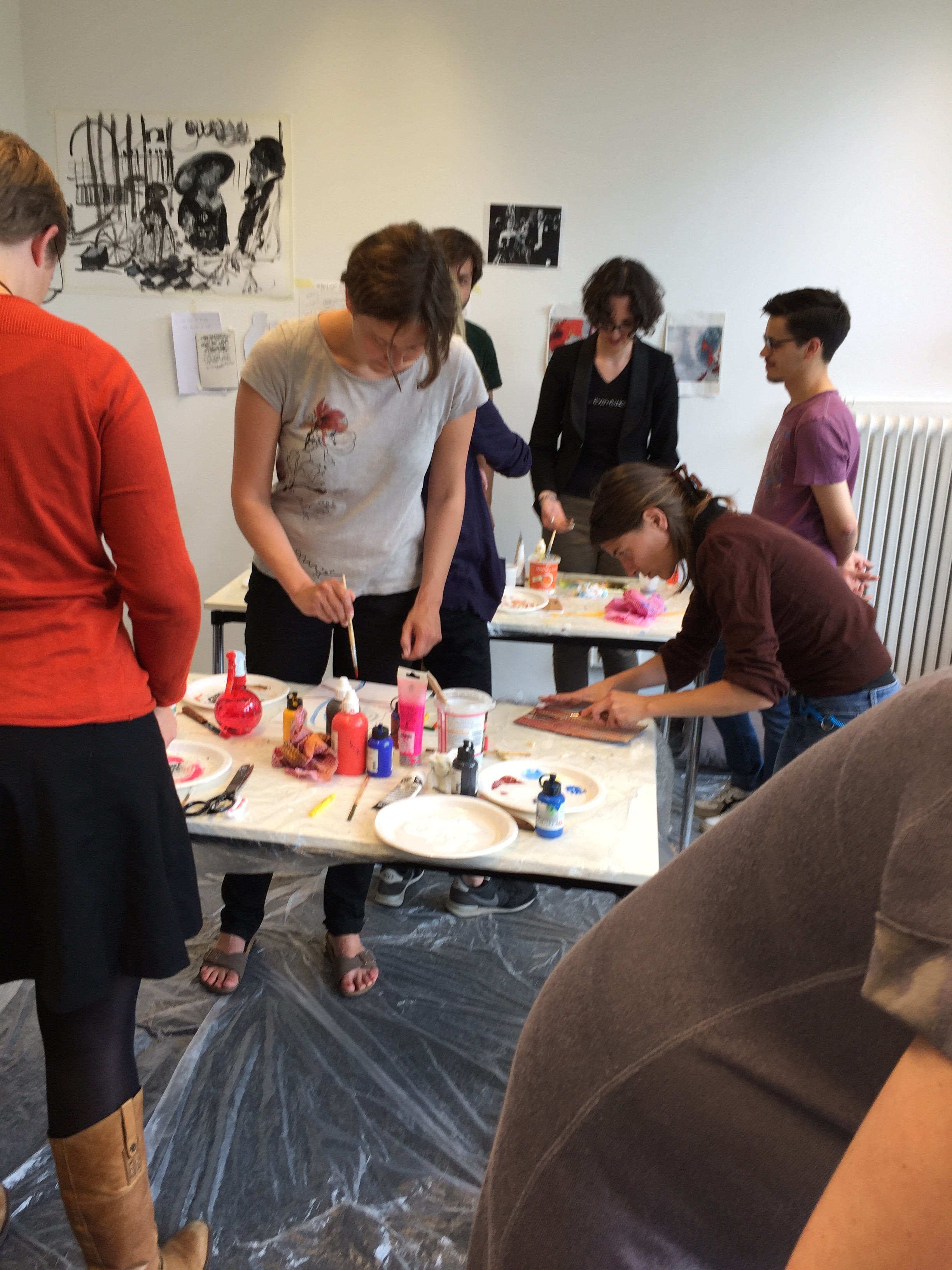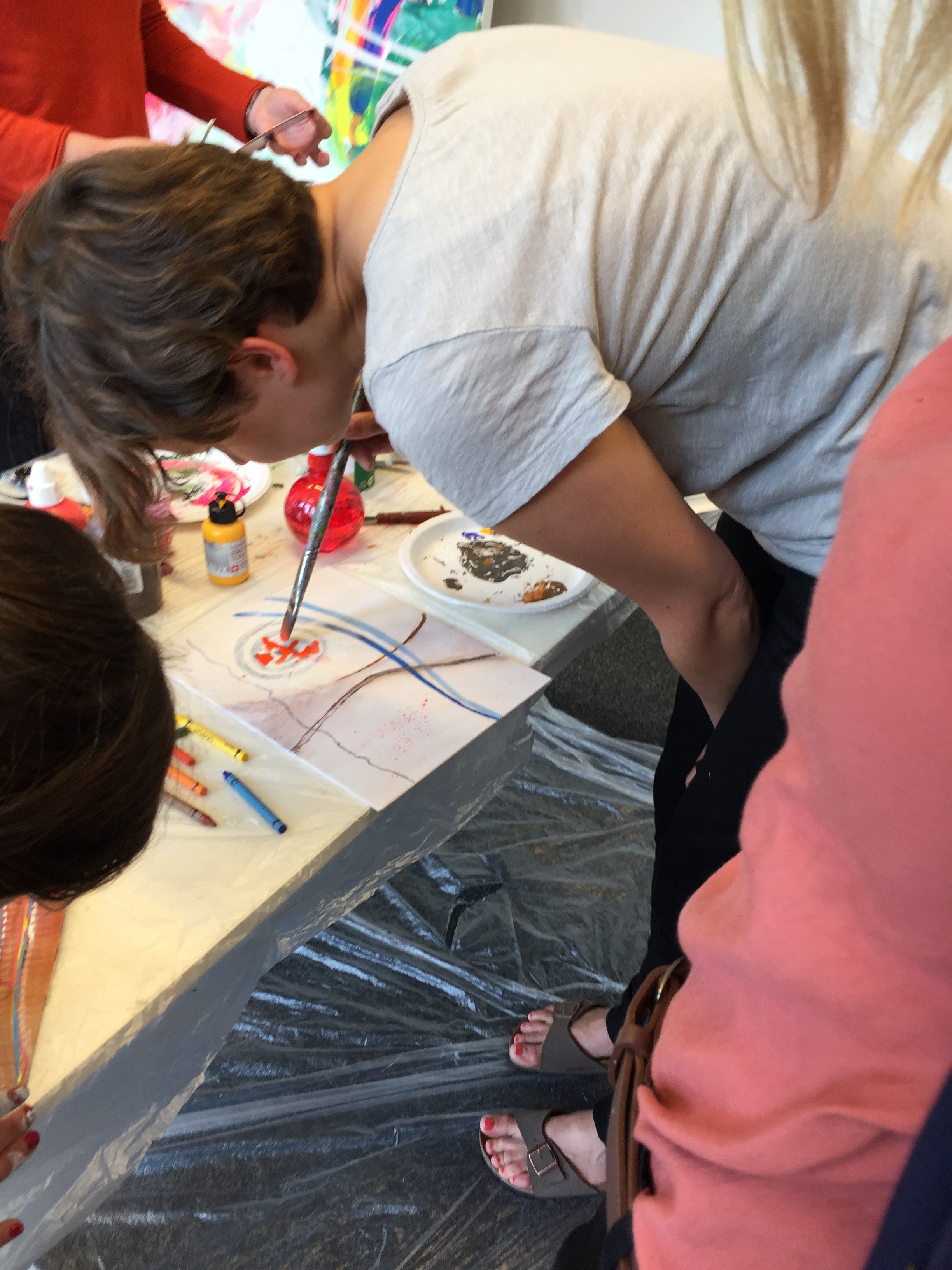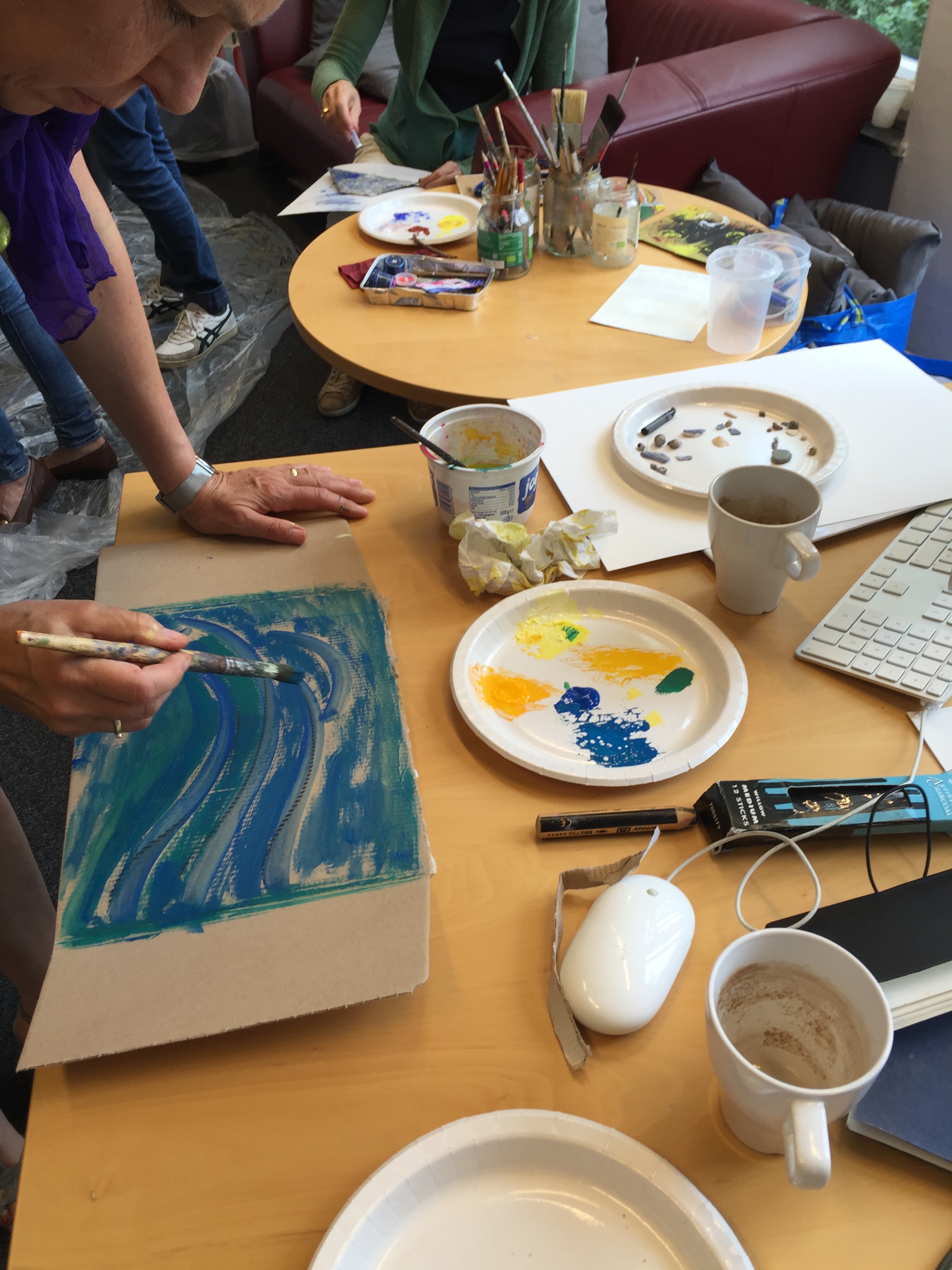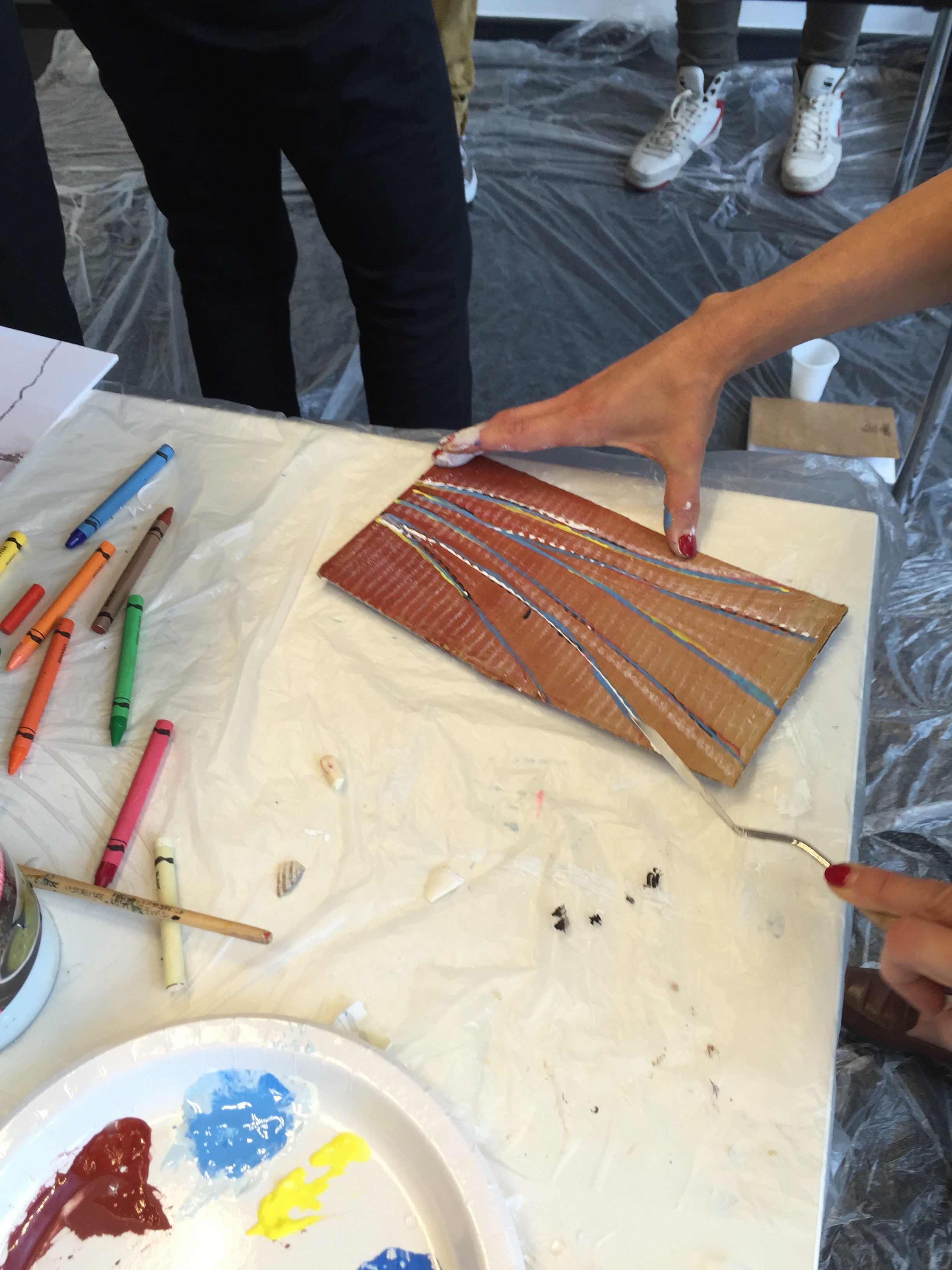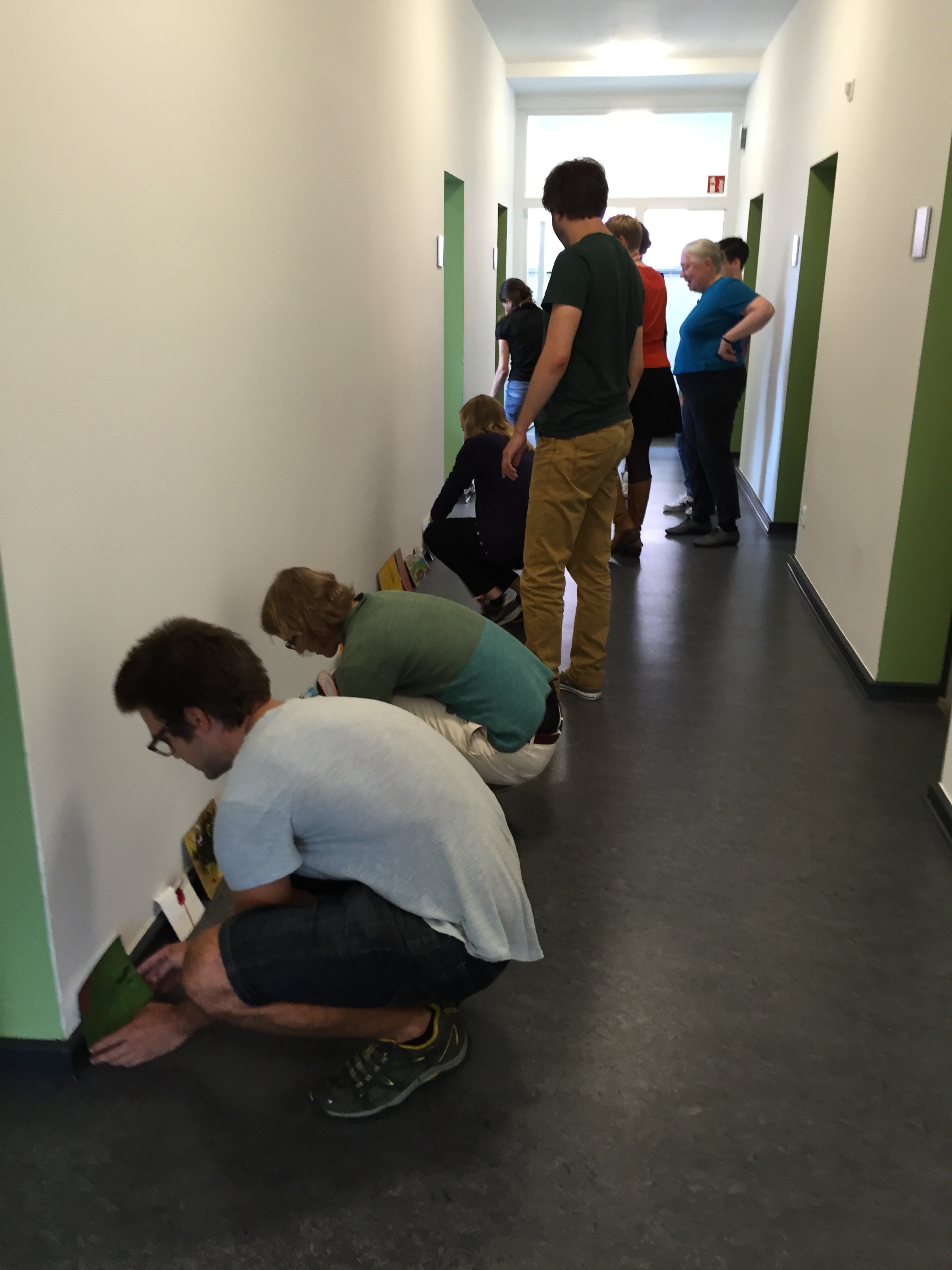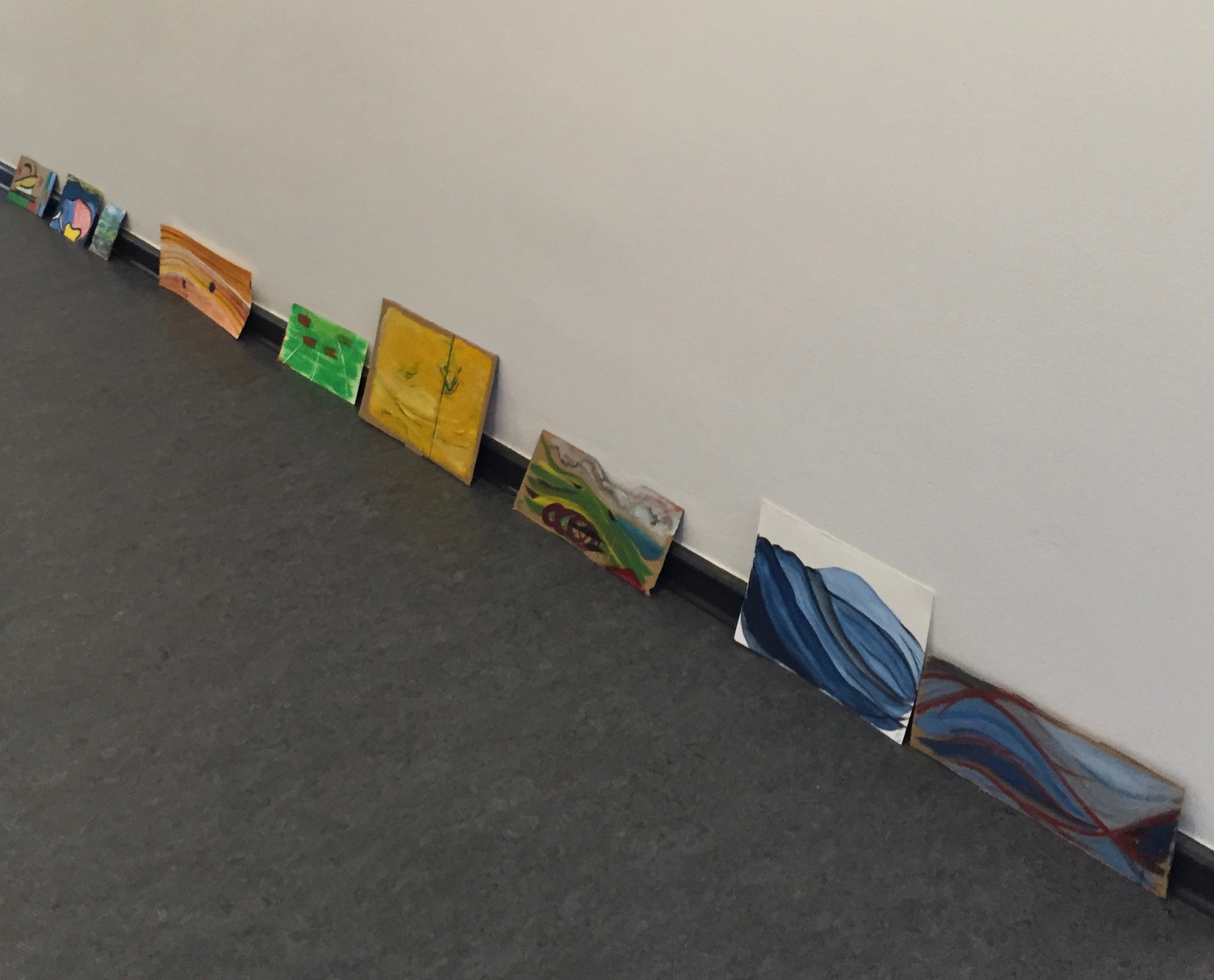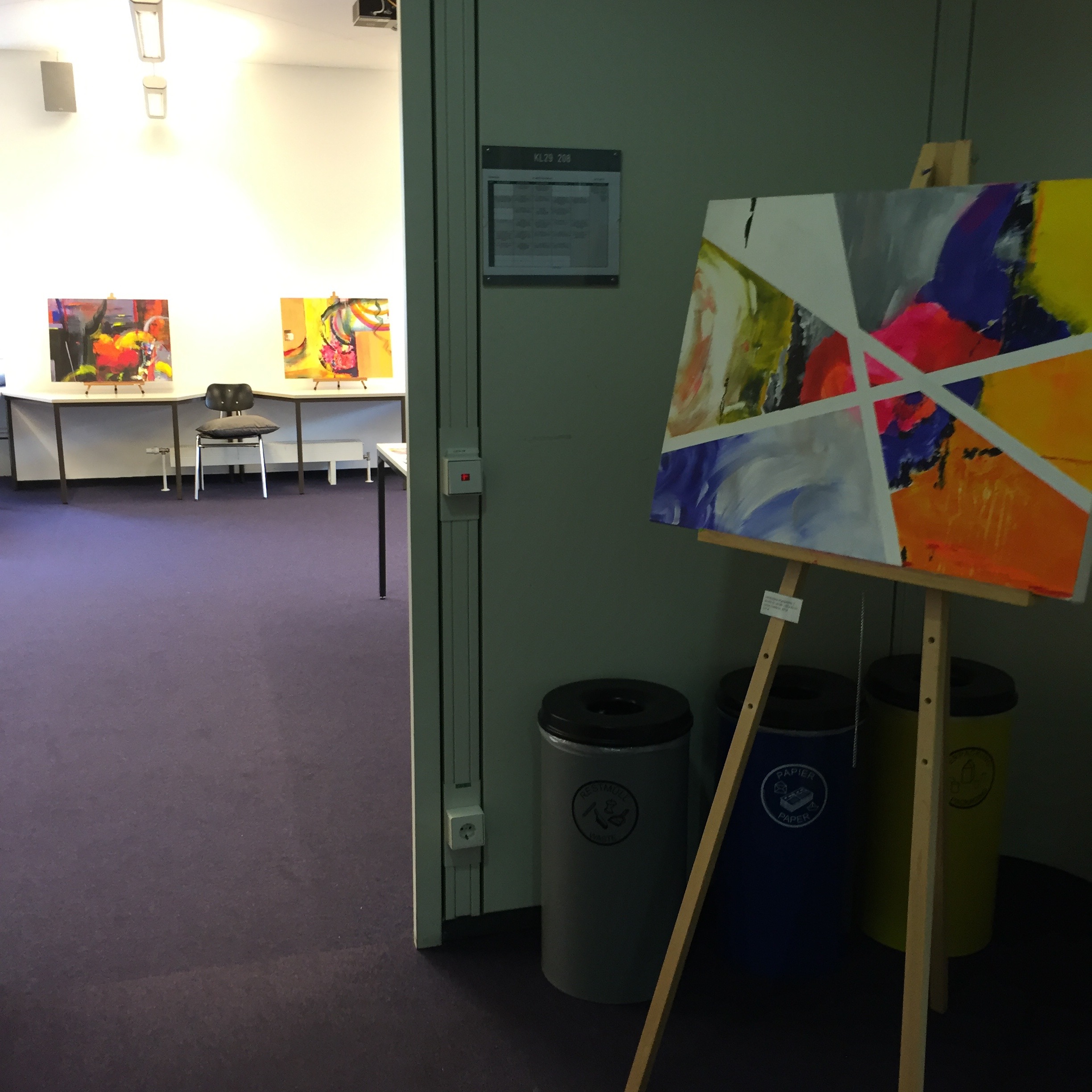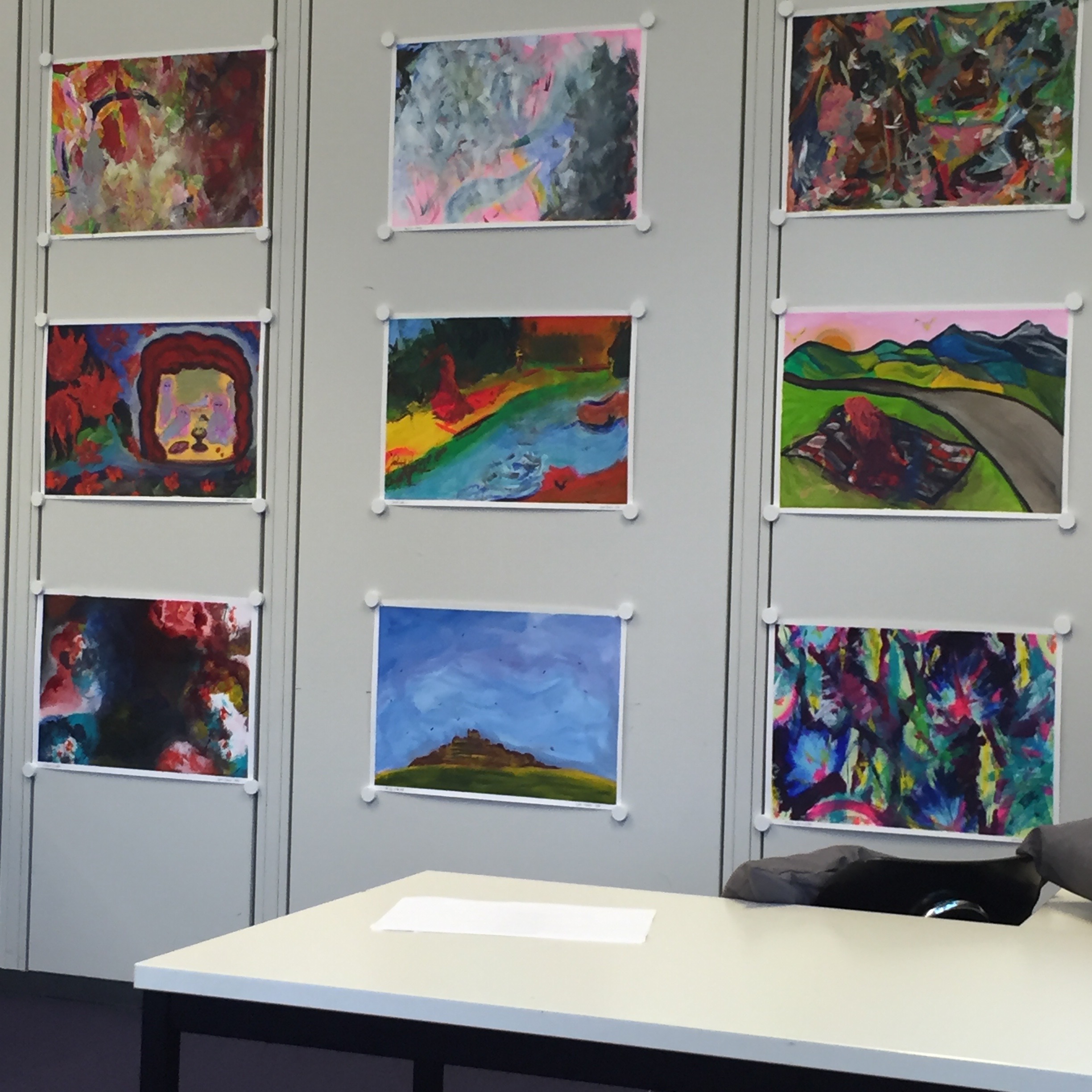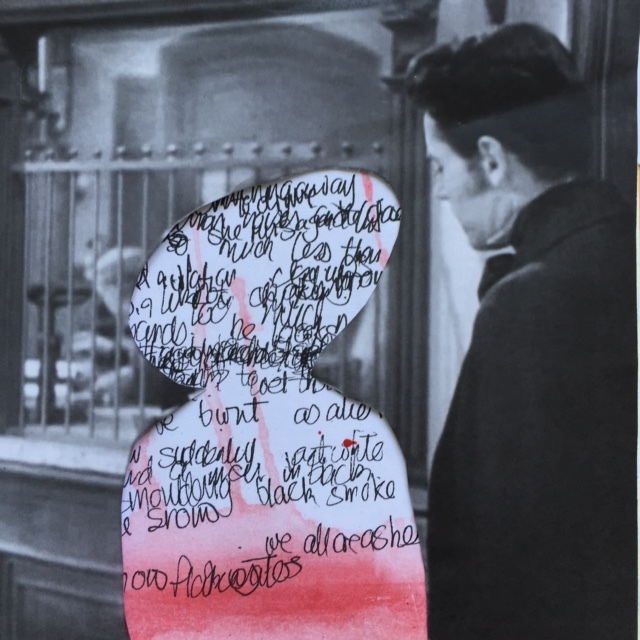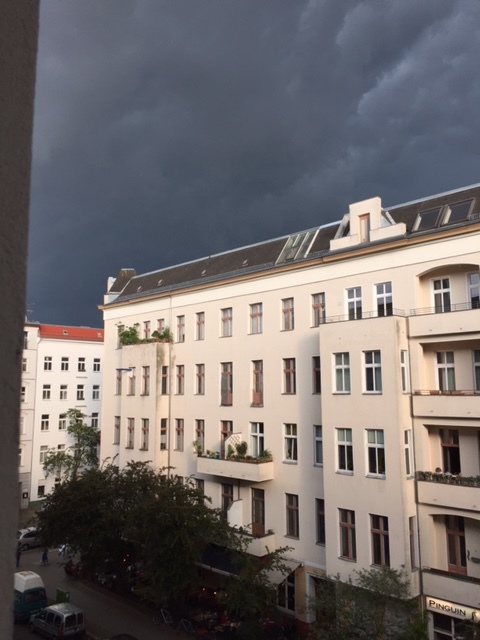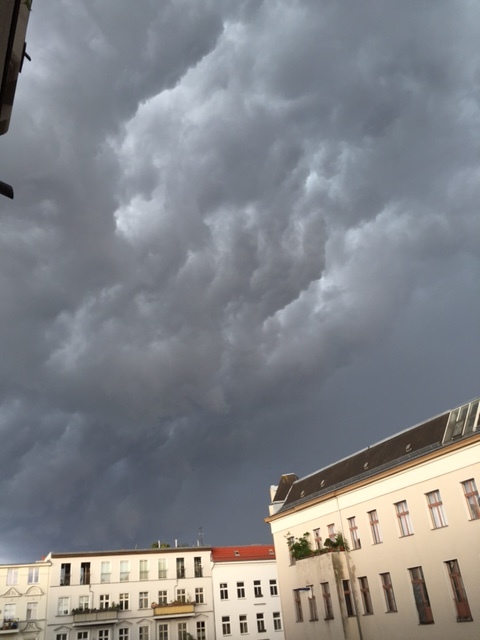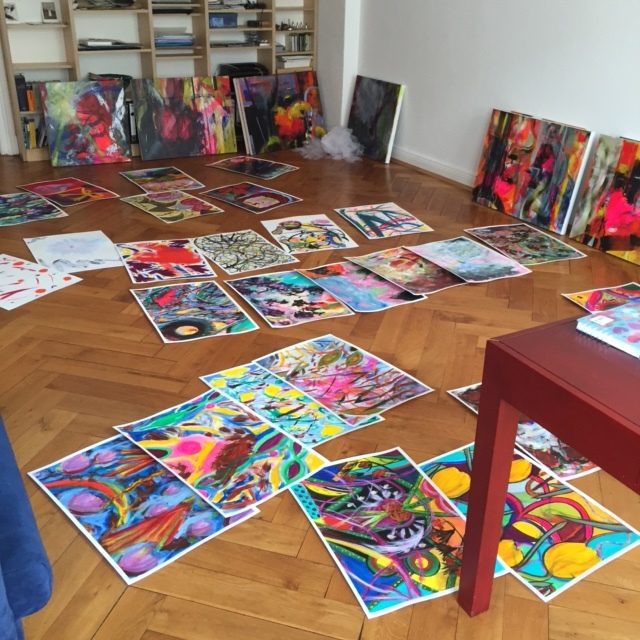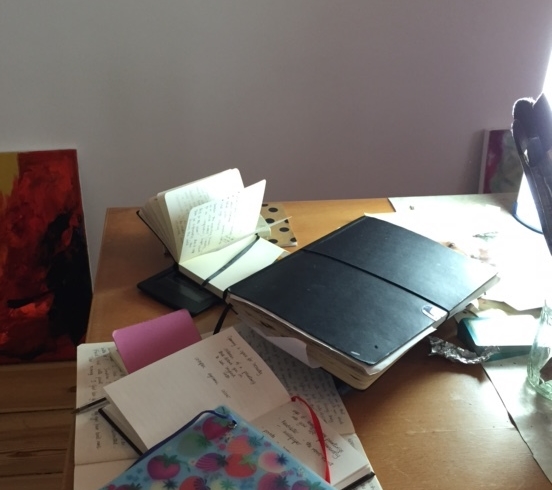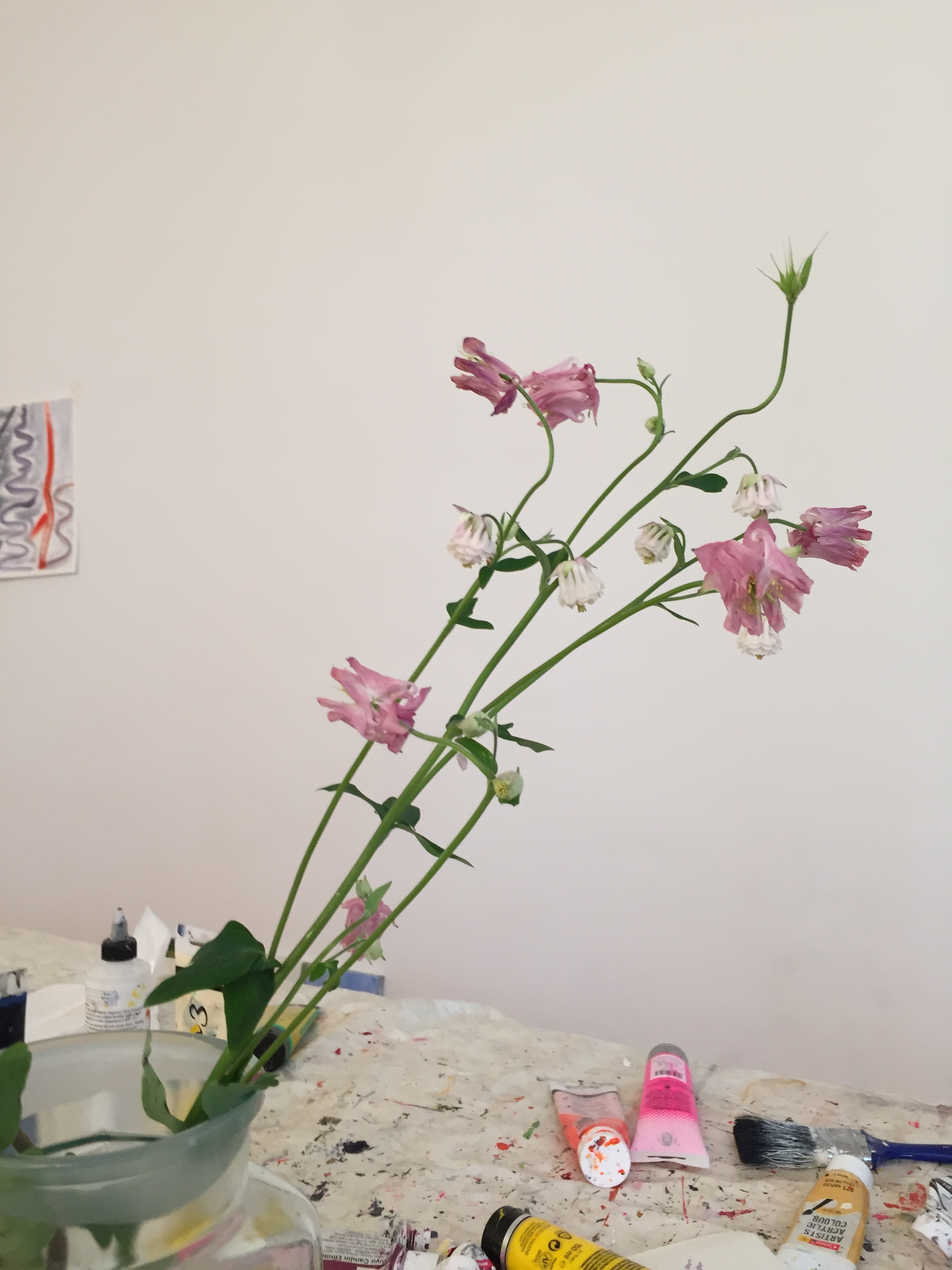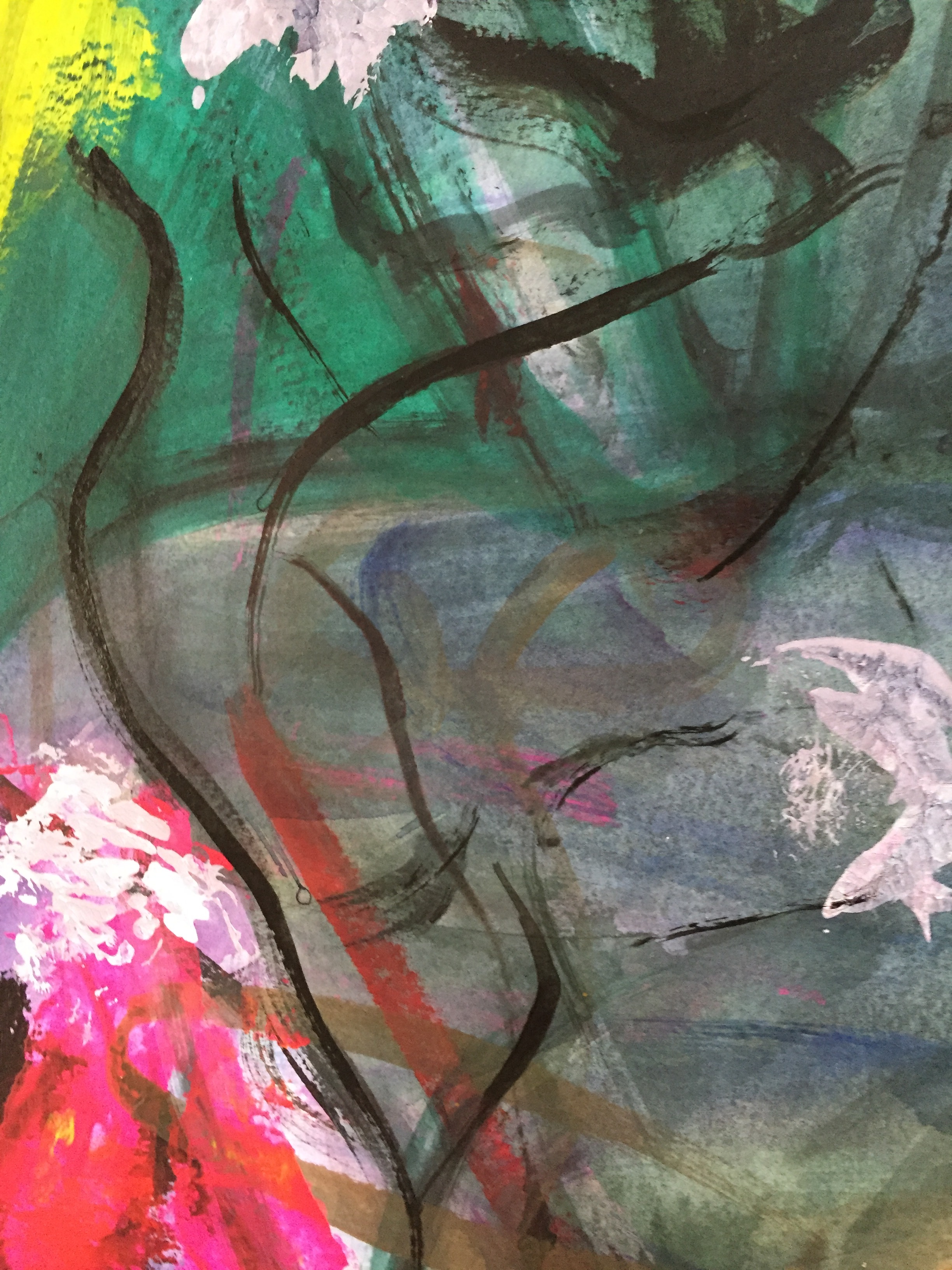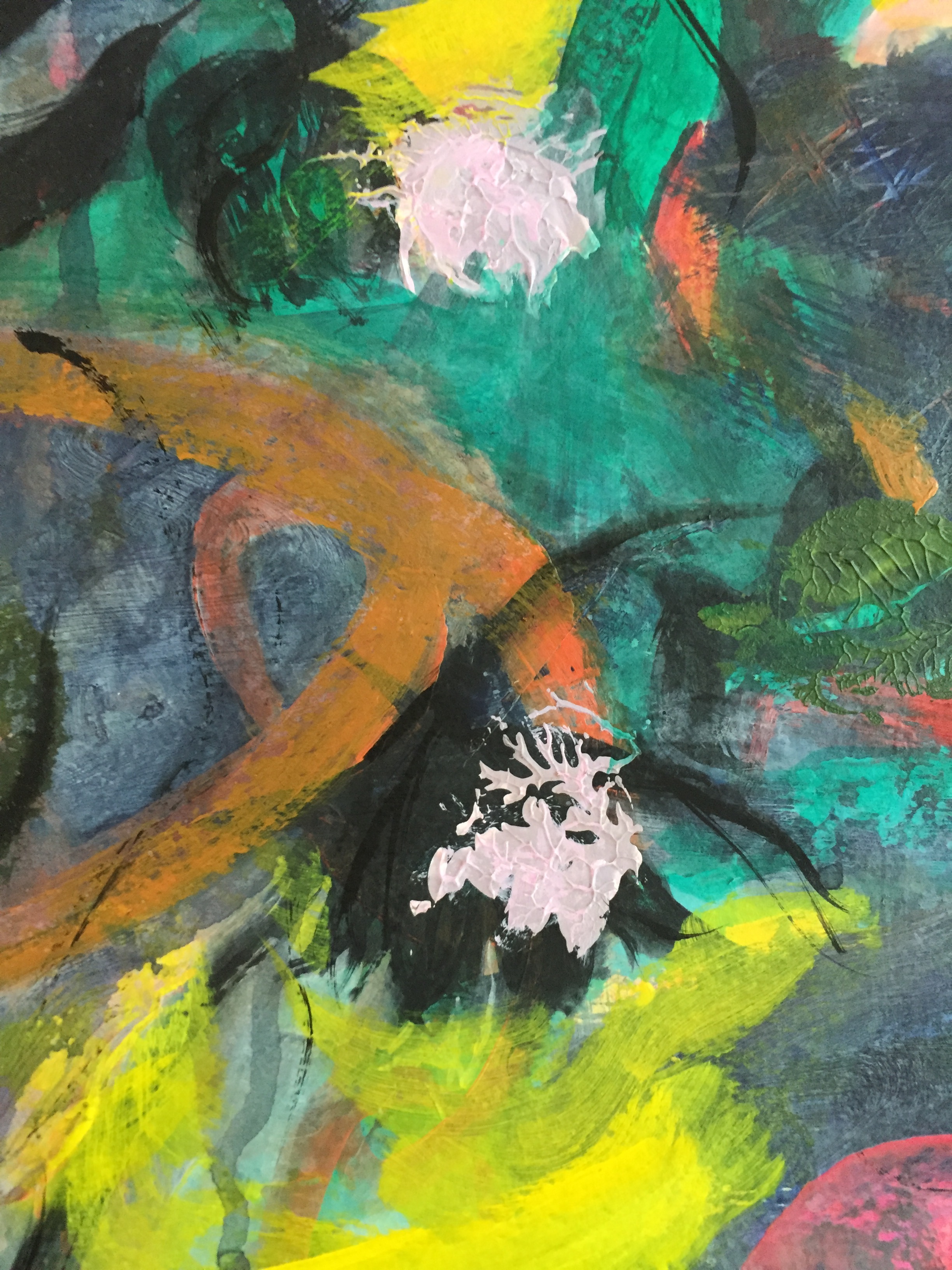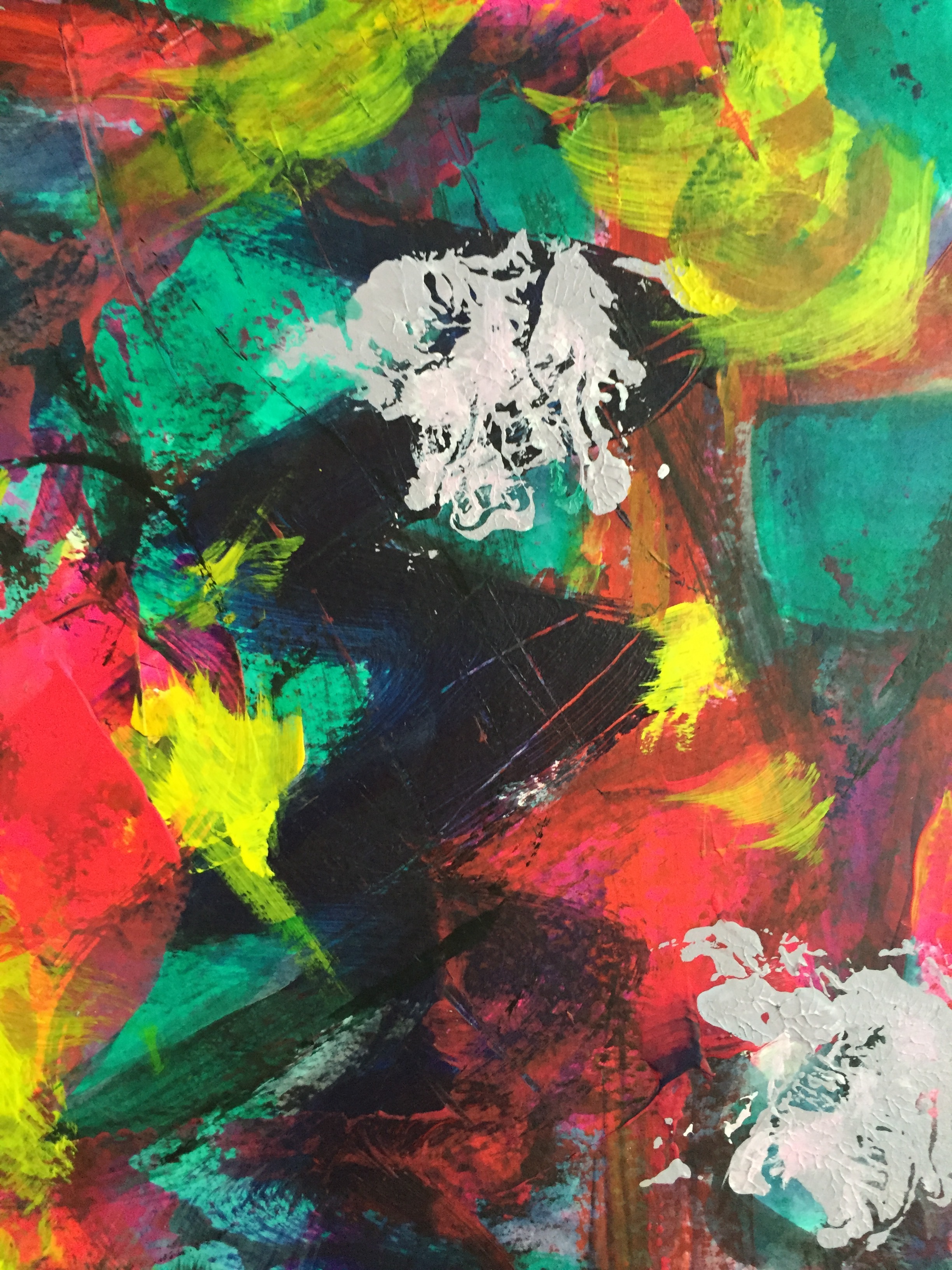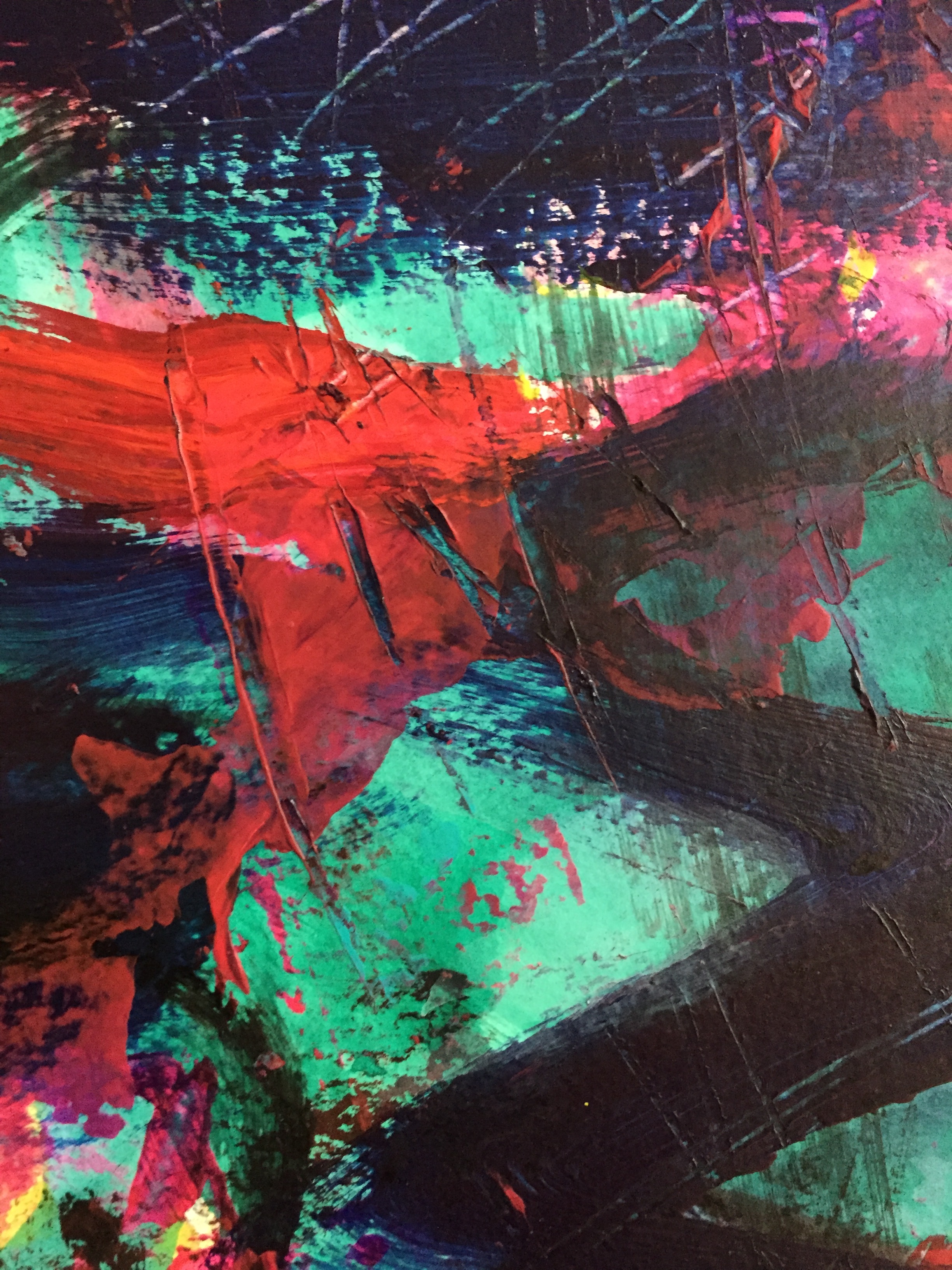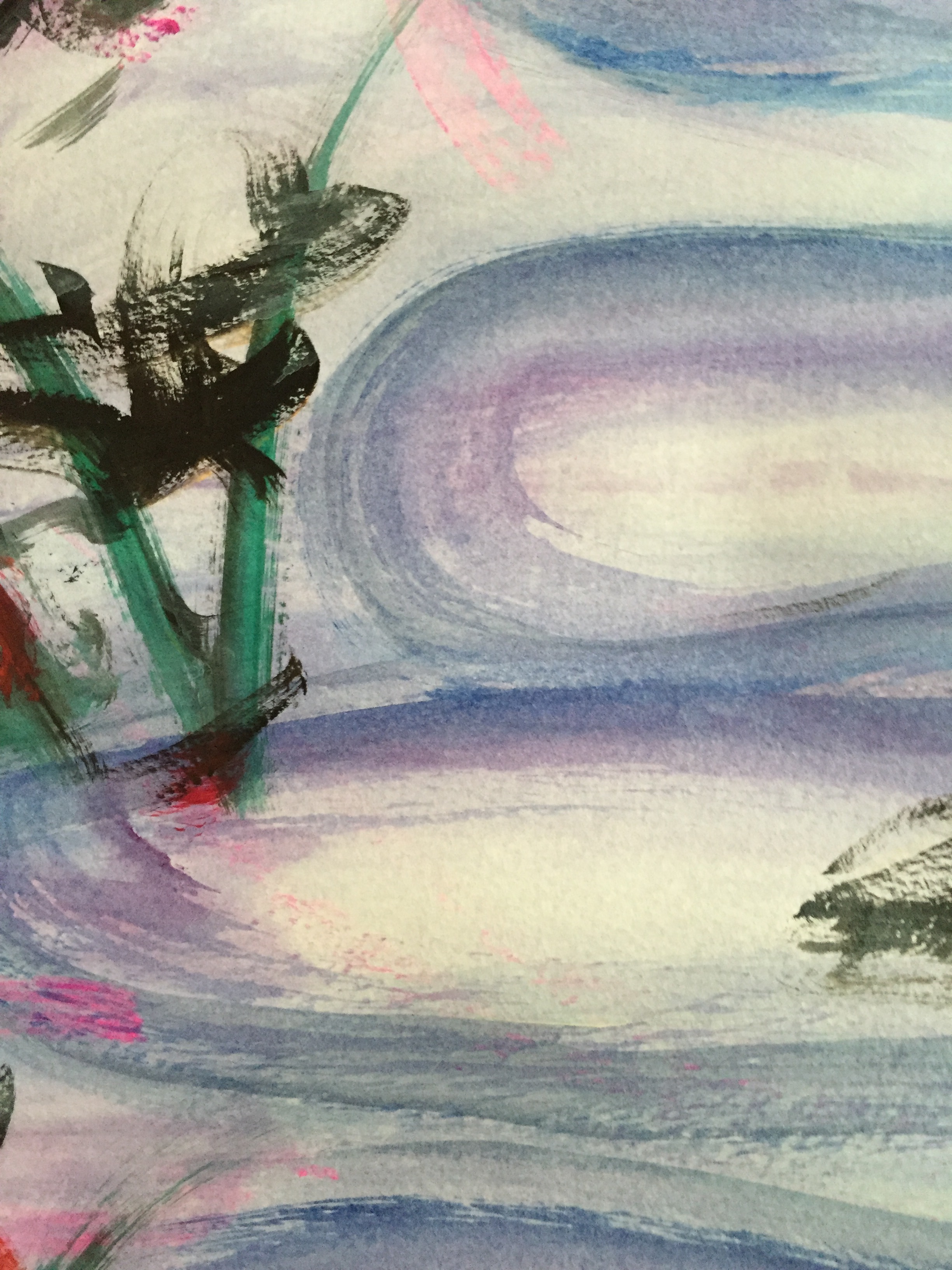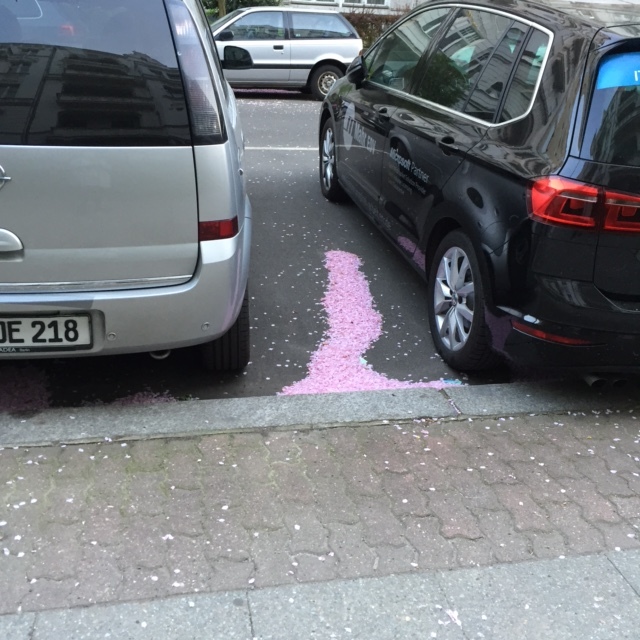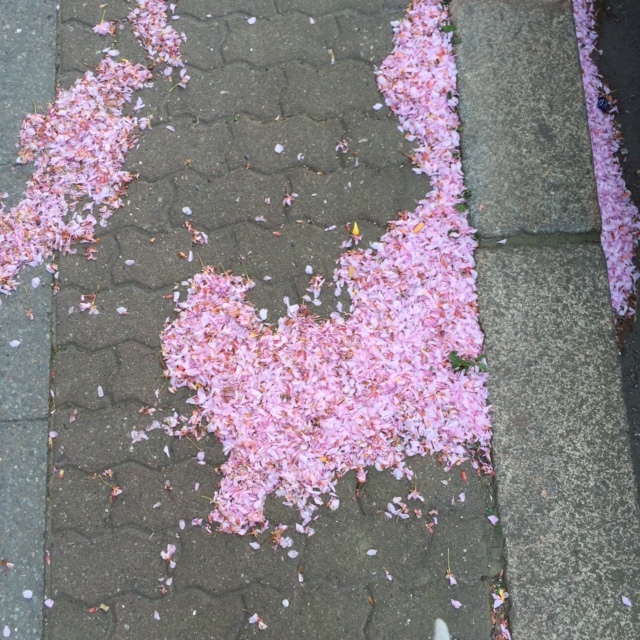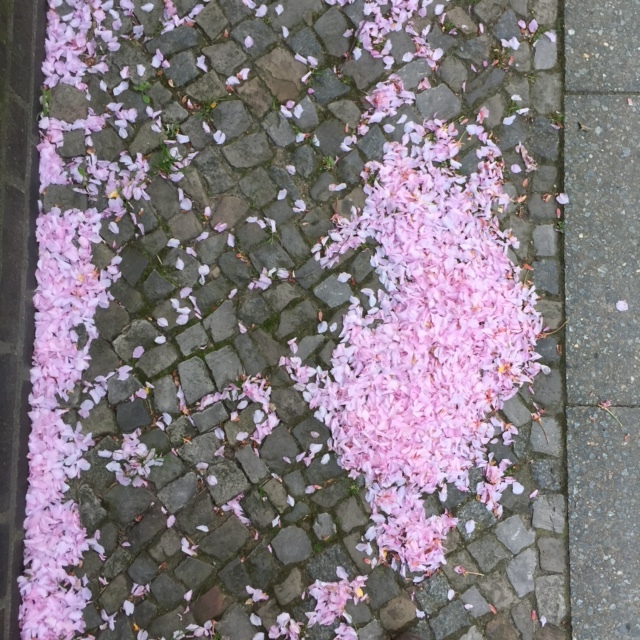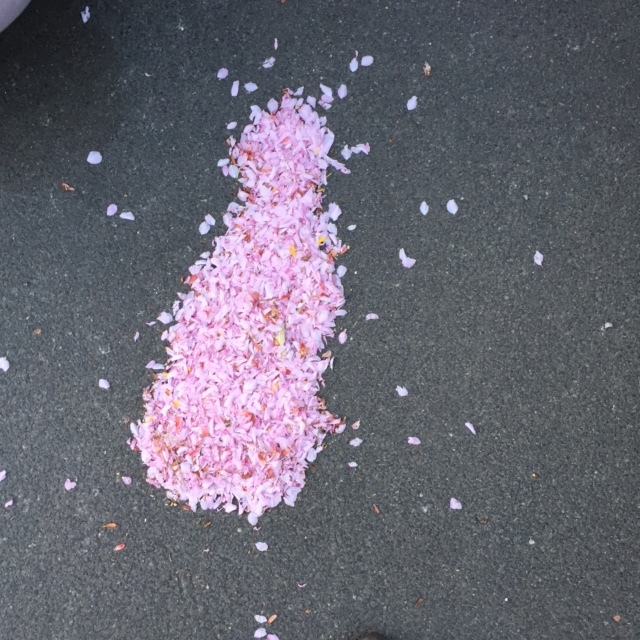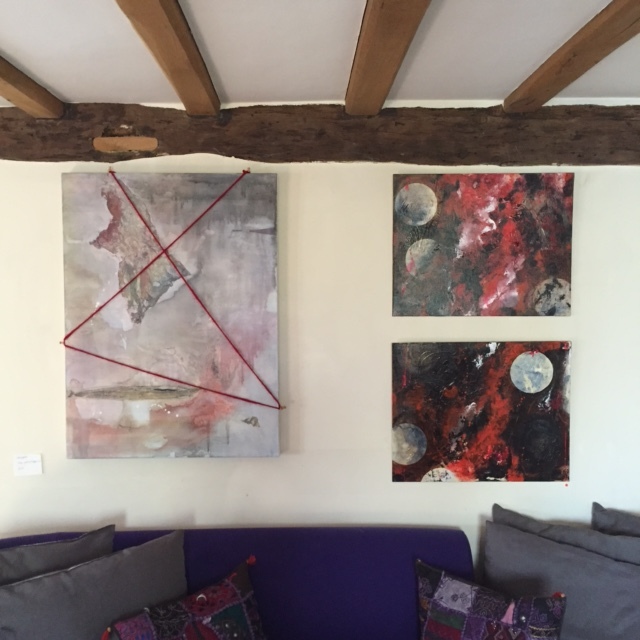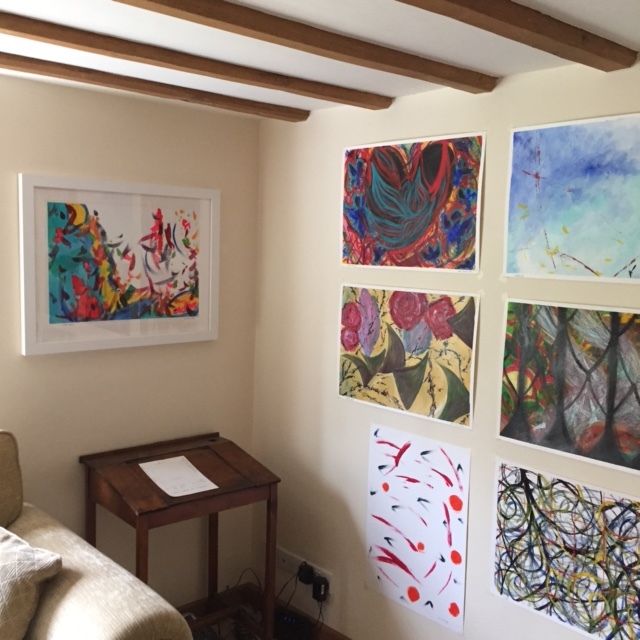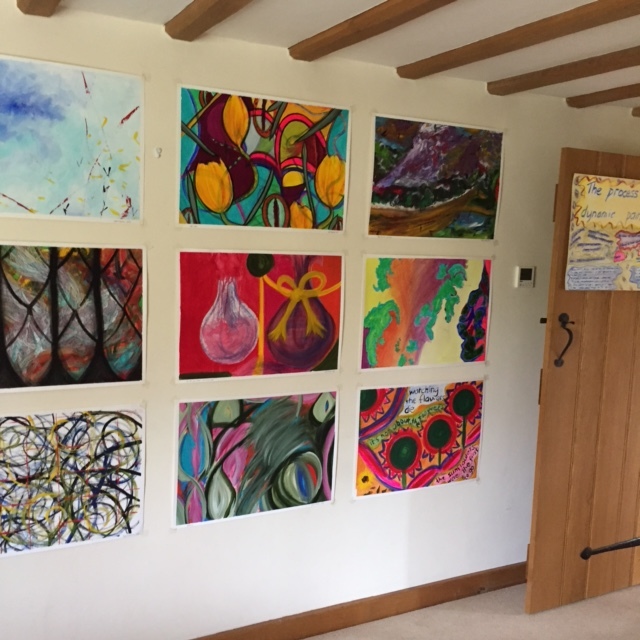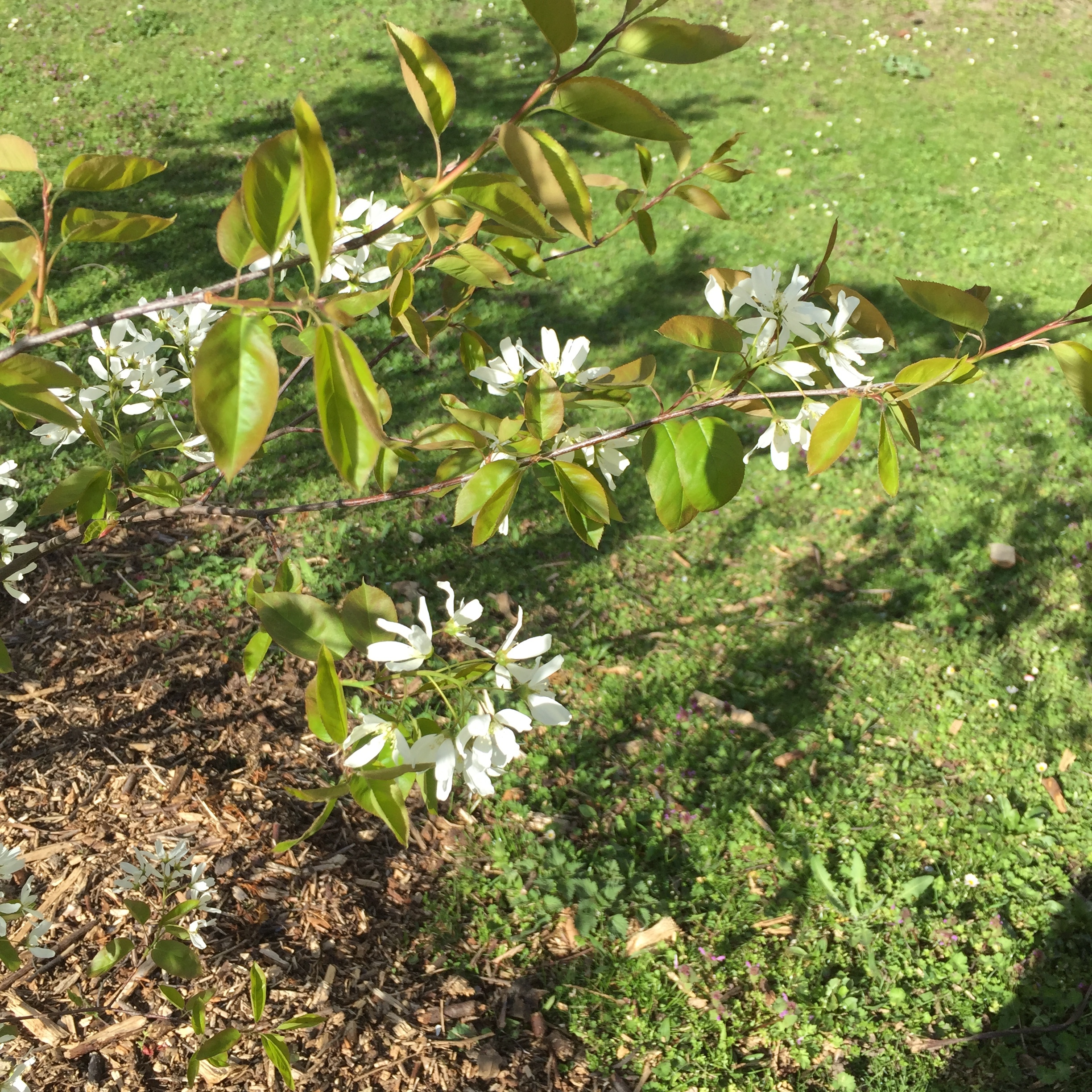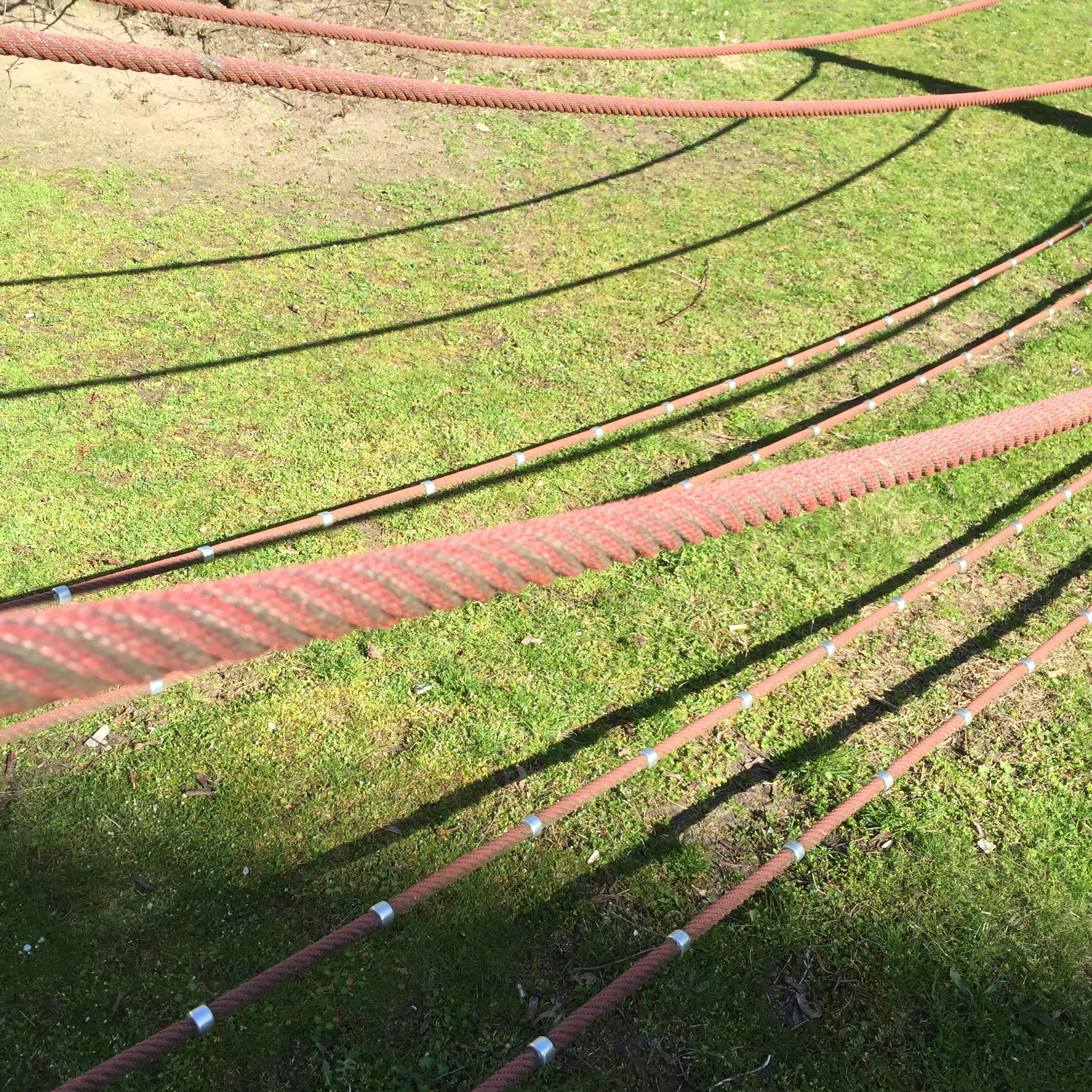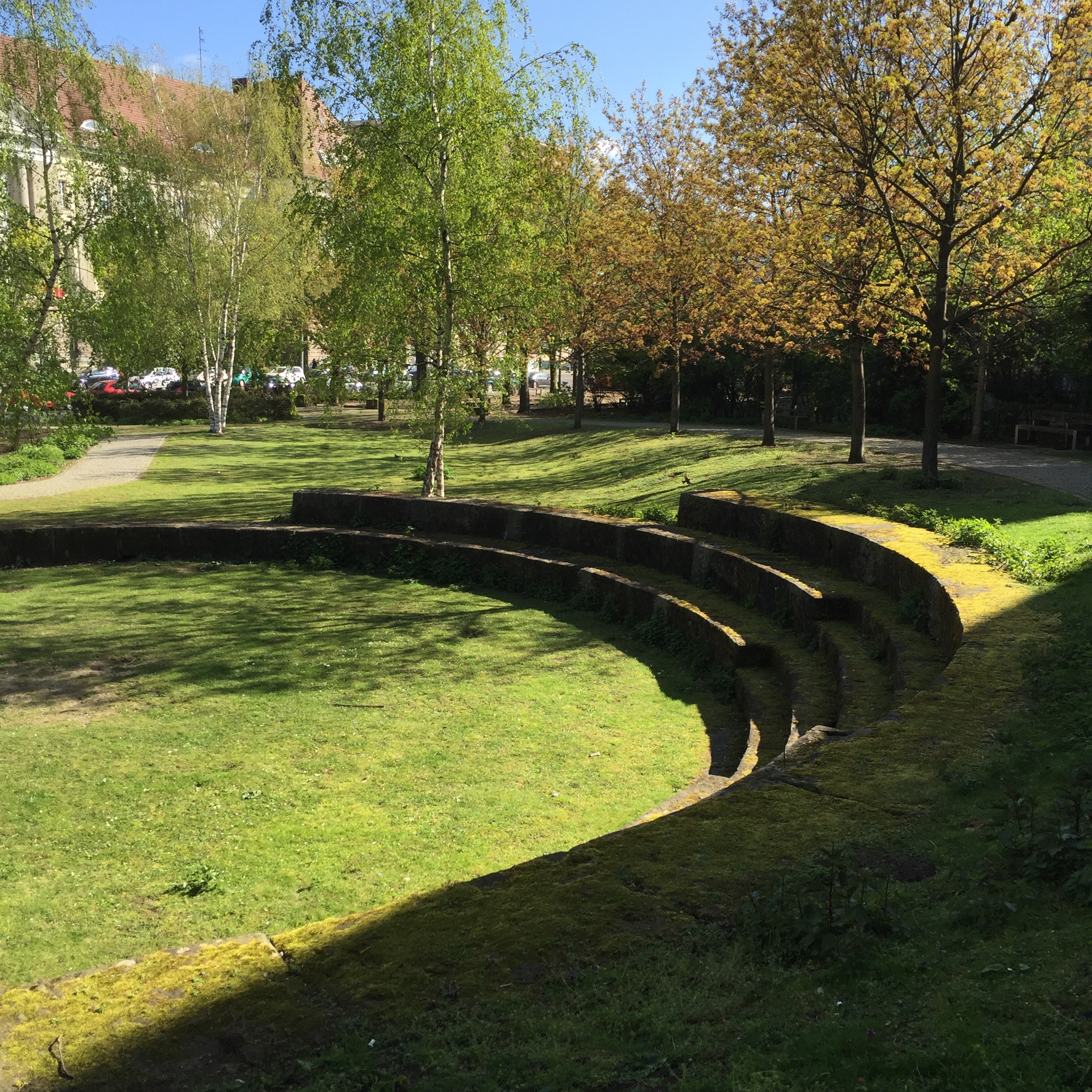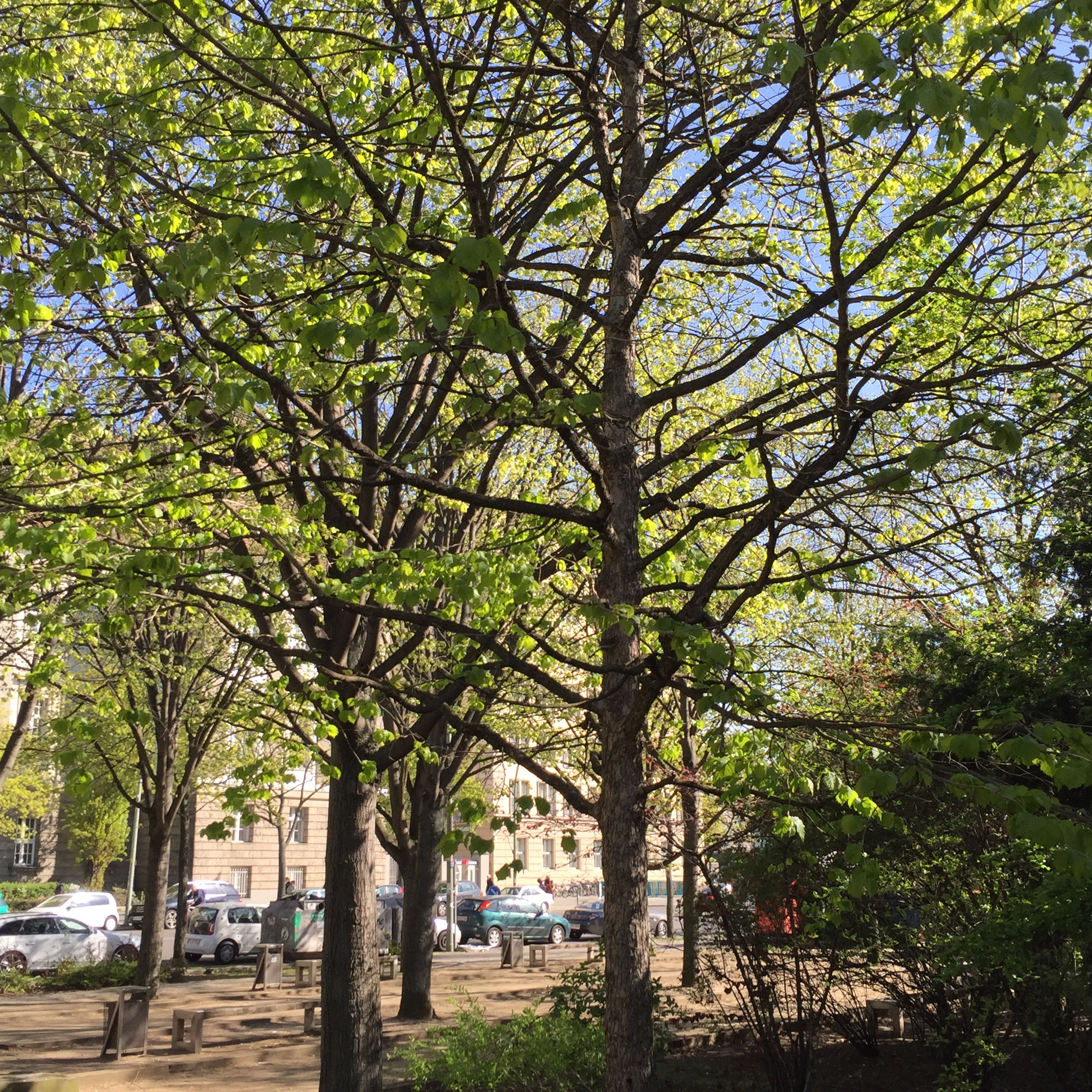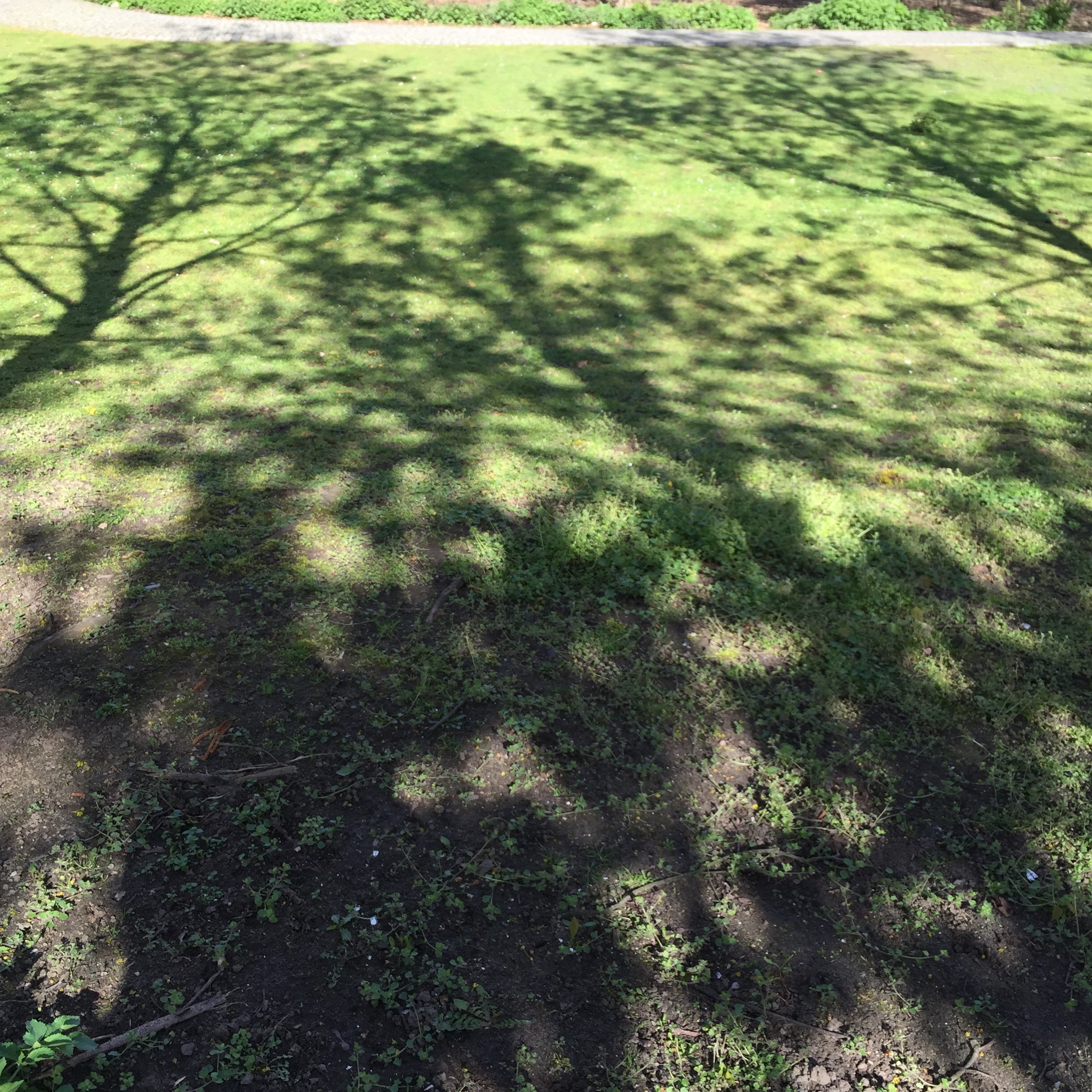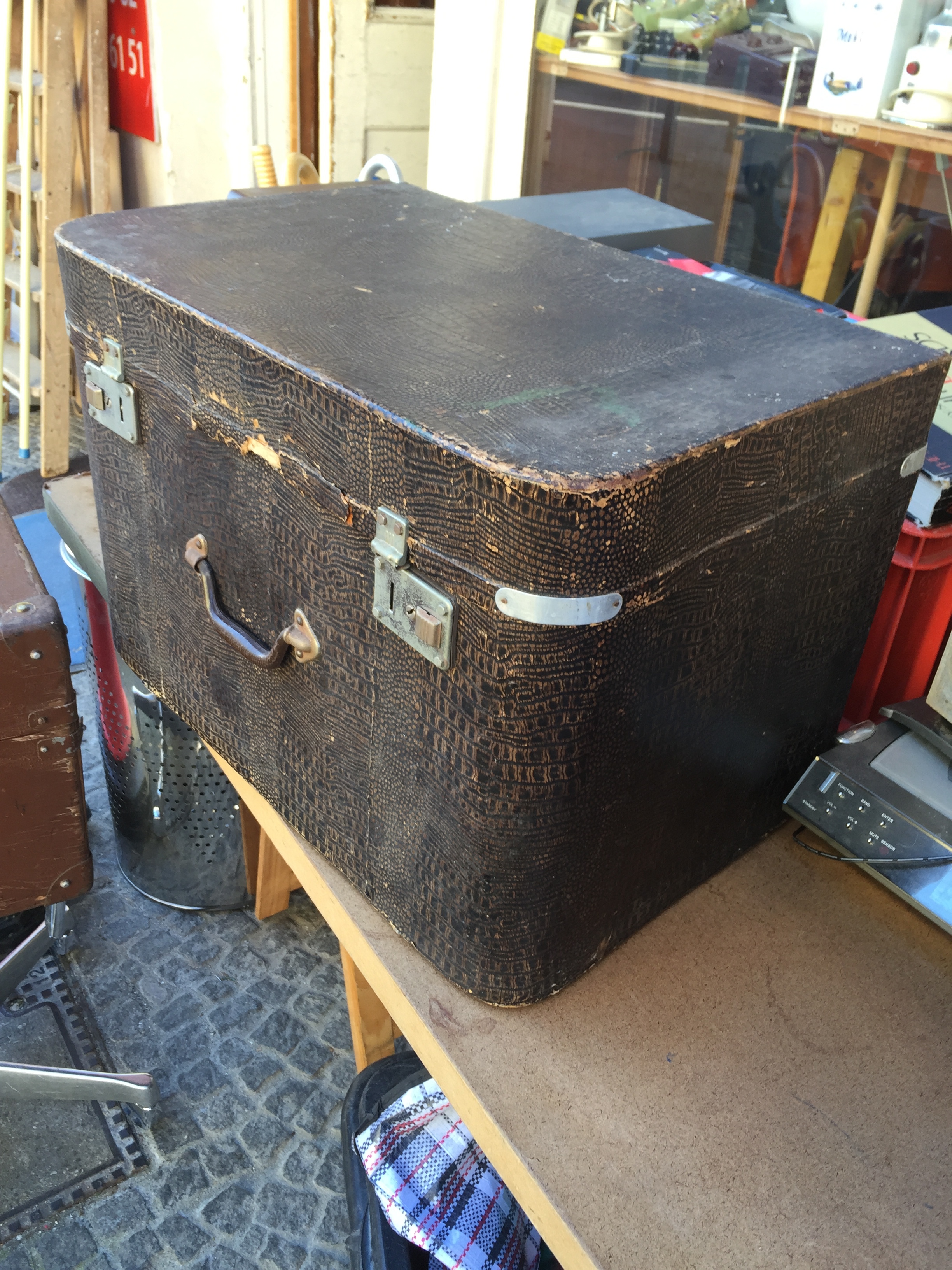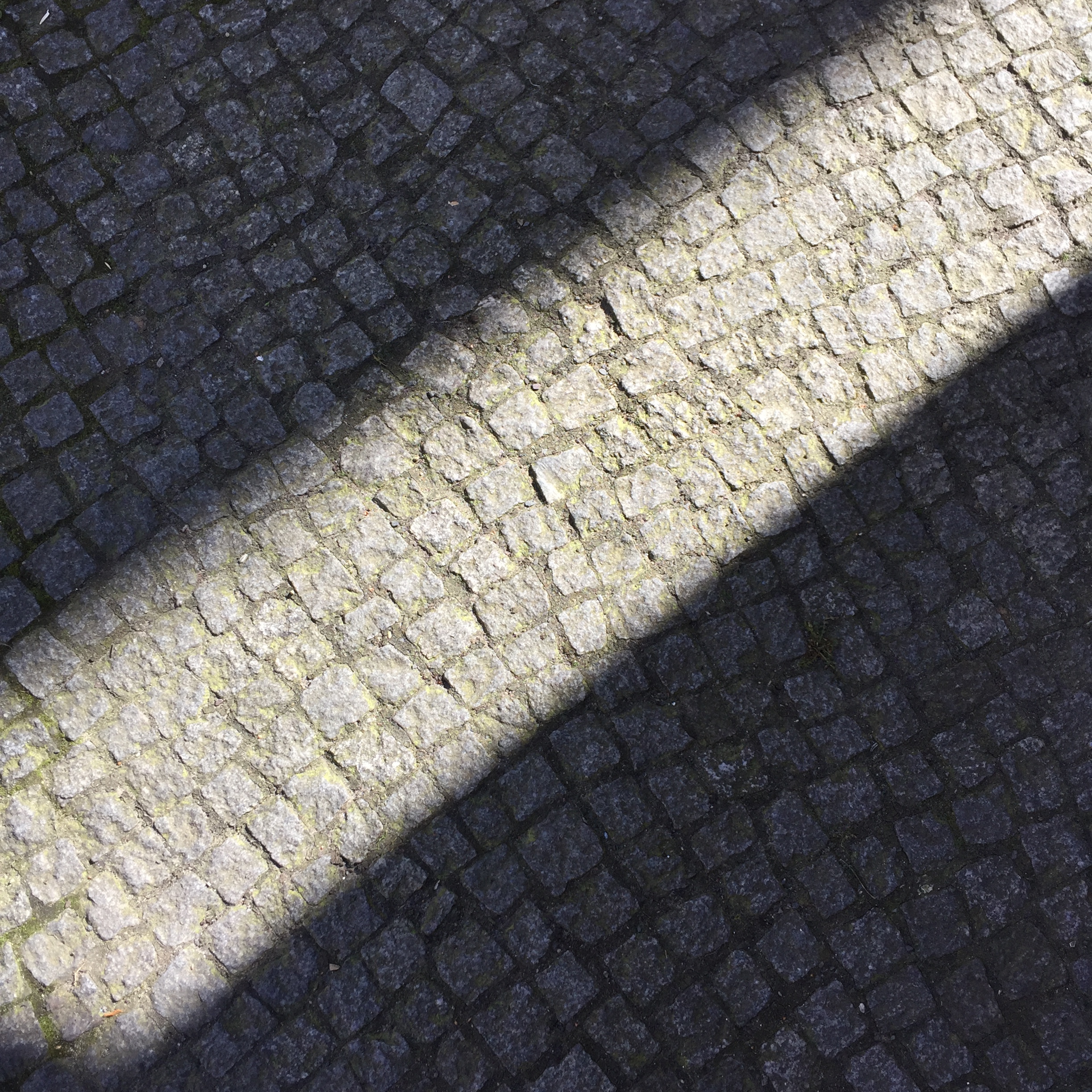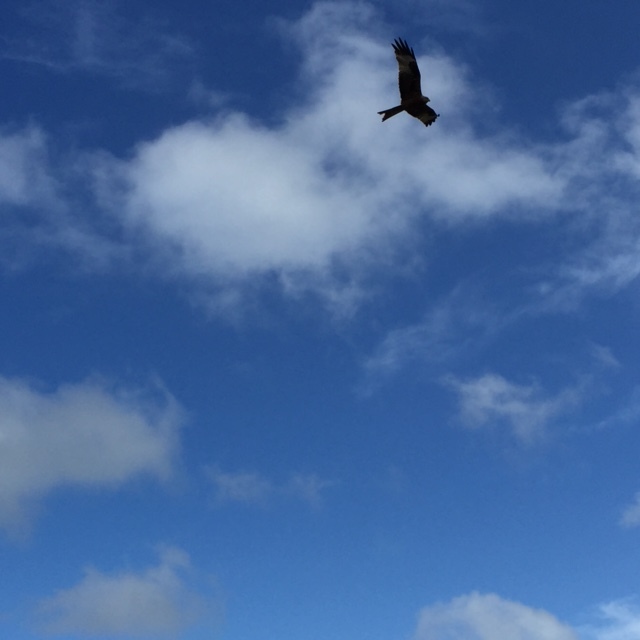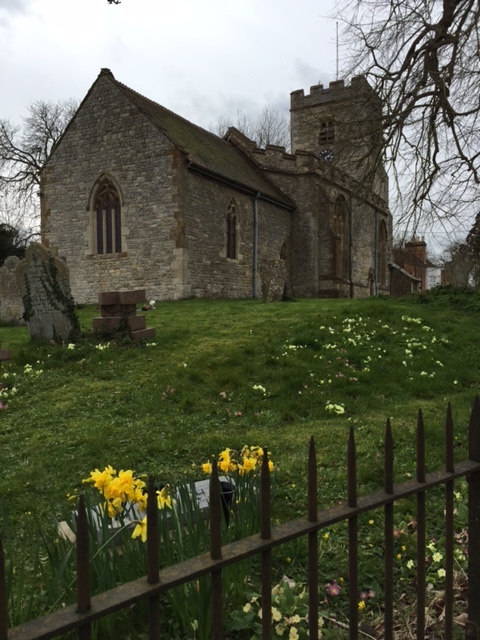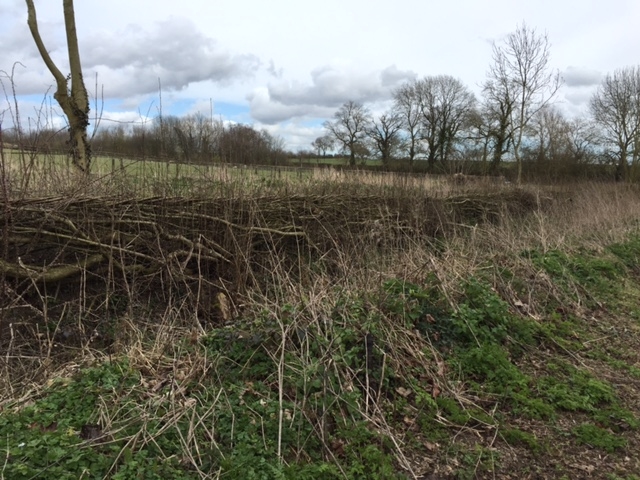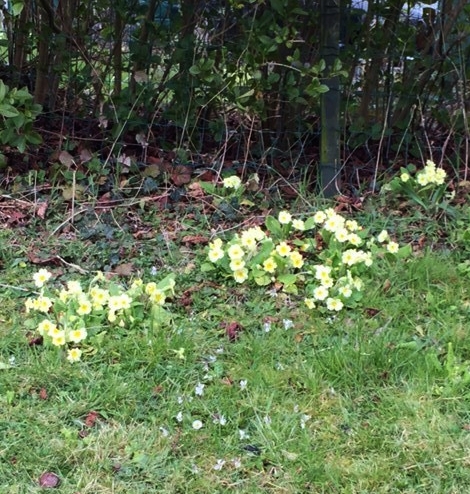I was interviewed recently by the online magazine Interalia and used the opportunity to think about connections between my work now as an artist and my academic research into metaphor and empathy.
My dancing mind acrylic on paper, Lynne Cameron, 2015.
You can find the interview here:
http://www.interaliamag.org/interviews/lynne-cameron/
Here's an excerpt:
Question: Is intuition part of creativity and the intellectual process?
Intuition for me is a quiet whispering voice from deep inside, that is so easily ignored. It often suggests connections and paths of action.
We learn as academics not to call on intuition, although it insists and sometimes is the only way through. That’s why intellectuals find it helpful when working to take long walks and why the best ideas may arrive in the shower – stepping away from the desk and screen gives intuition the space to move and speak.
Although the intellectual process is often held to be rational, it is seldom entirely so. For me, it works best when intuition, imagination, and reason interact. ... As intellectuals, we may start from intuition, consider hunches about what matters and possibilities for ways forward, use our imagination to notice gaps in knowledge, and find our intuition offering solutions to intractable problems. Despite this, it is still not considered appropriate to display intuition or speak much of its role in academia.

